 An old post card of the Palace of the Governors, It has looked similar throughout its 400 year history.
An old post card of the Palace of the Governors, It has looked similar throughout its 400 year history.
The Palace of the Governors was built in 1610, soon after the King of Spain appointed Pedro de Peralta to be the governor of New Mexico. The territory covered most of the American Southwest. Including what is now the states of Texas, Arizona, Utah, Colorado, Nevada, and New Mexico.
In 1821, Mexico won its independence from Spain and the Palace became the center of administration for the province of Santa Fe de Nuevo México.

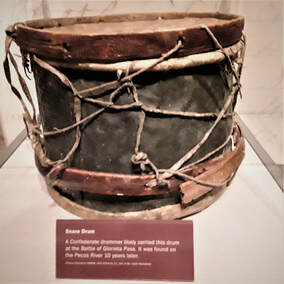


Other boys who served as drummer boys were the sons of soldiers serving in the same unit. Still others, like my Willie, were orphans. An orphan from Louisianna, Willie would have joined the army to be fed and clothed, and to have a sense of belonging. Like many of the boys who joined young, Willie became a kind of mascot for the men, who made sure that he was taken care of.
| We Willie the drummer is one of the characters in Jennifer Bohnhoff's trilogy of middle grade novels, Rebels Along the Rio Grande. The first novel,WhereDutyCalls was released in June 2022 by Kinkajou Press, a division of Artemesia Publishing. Book 2, The Worst Enemy, will come out in August 2023 and can be preordered here. Book 3, The Famished Country, will be released in 2024. You can contact Ms. Bohnhoff at [email protected] |
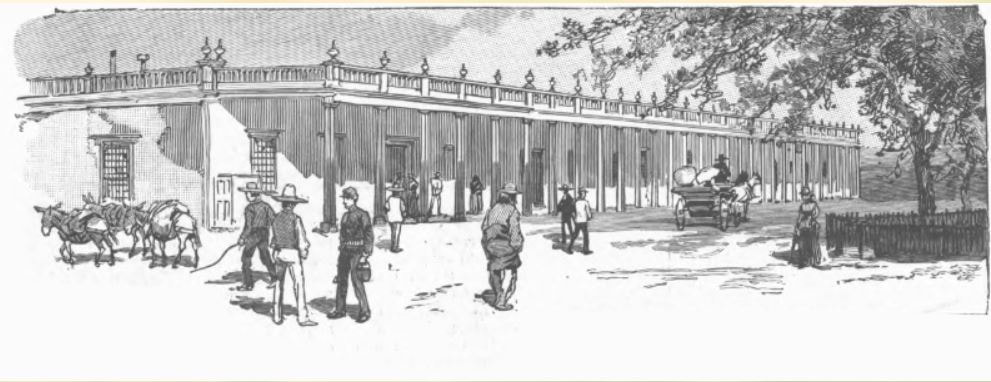



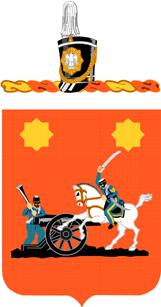



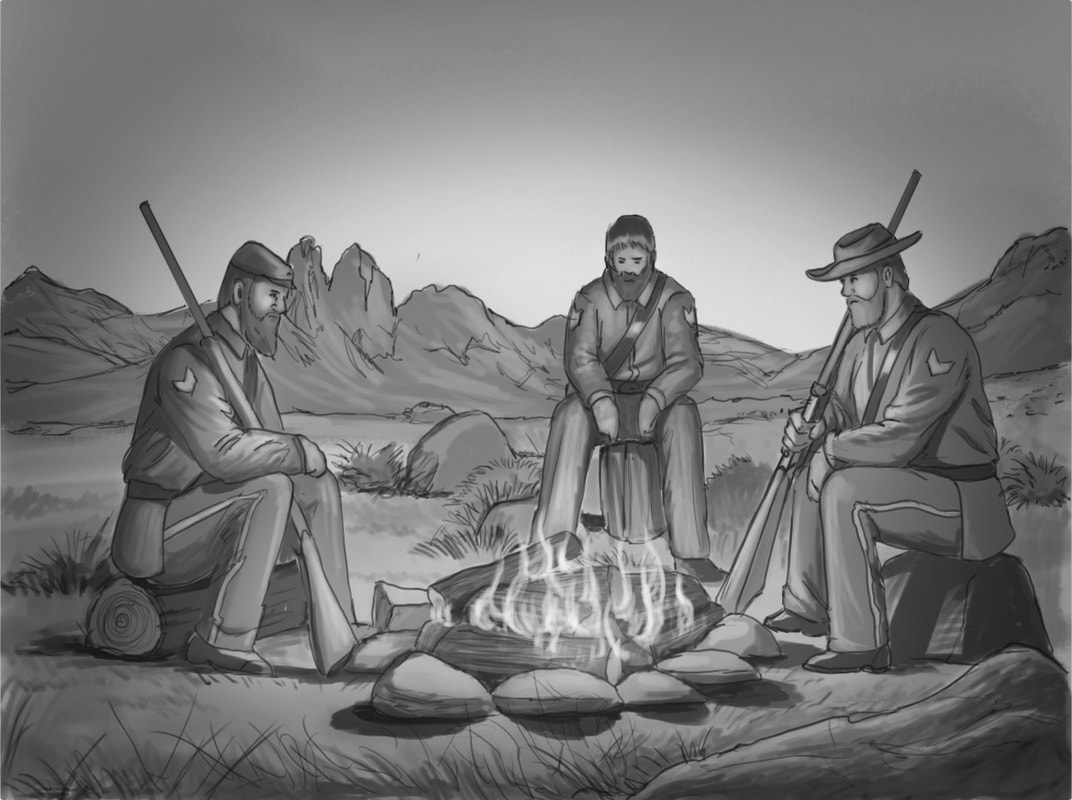



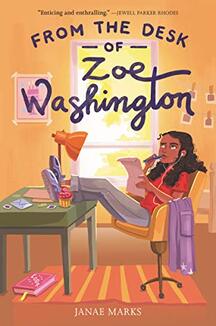
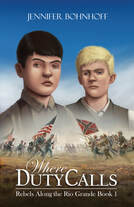
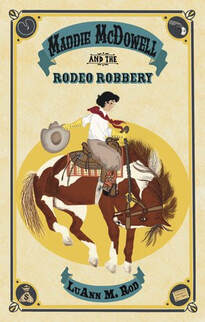
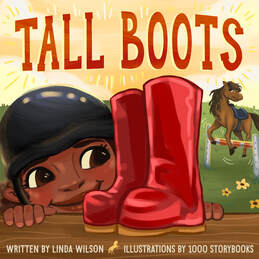

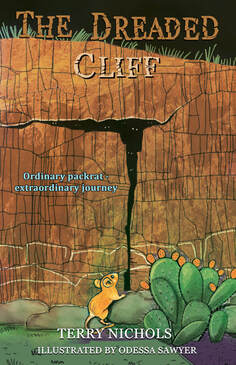

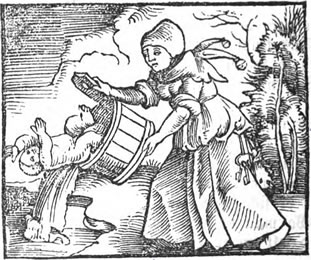





![New York : Published by E. Anthony, 501 Broadway, [ca. 1846]](/uploads/3/4/7/6/34765234/2132311.jpg?212)


